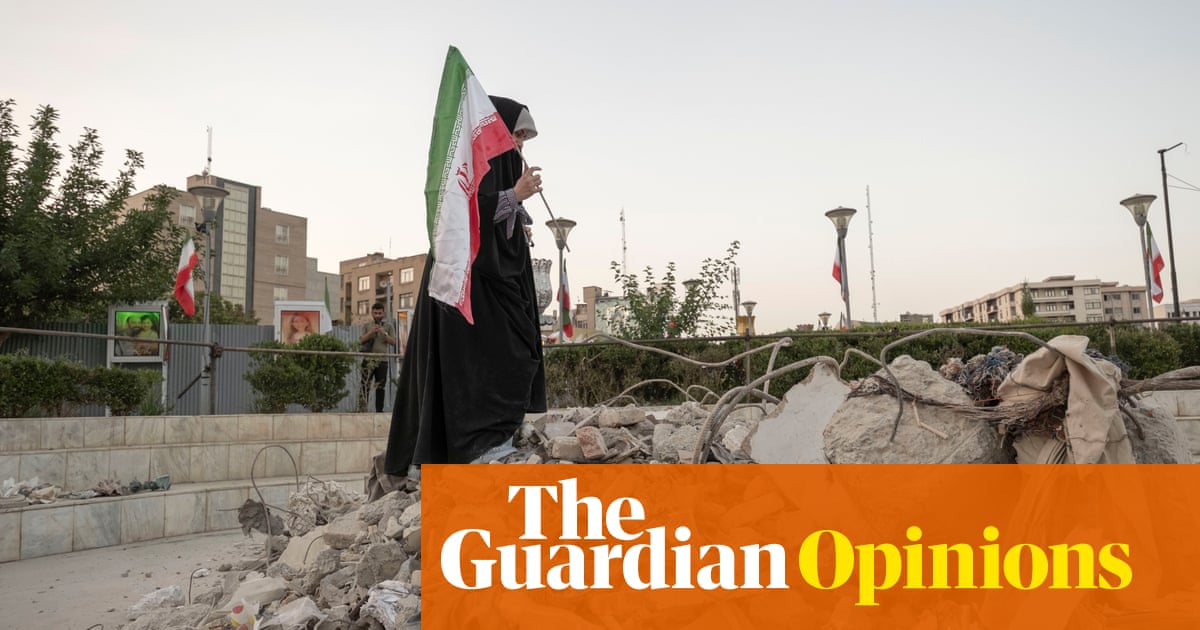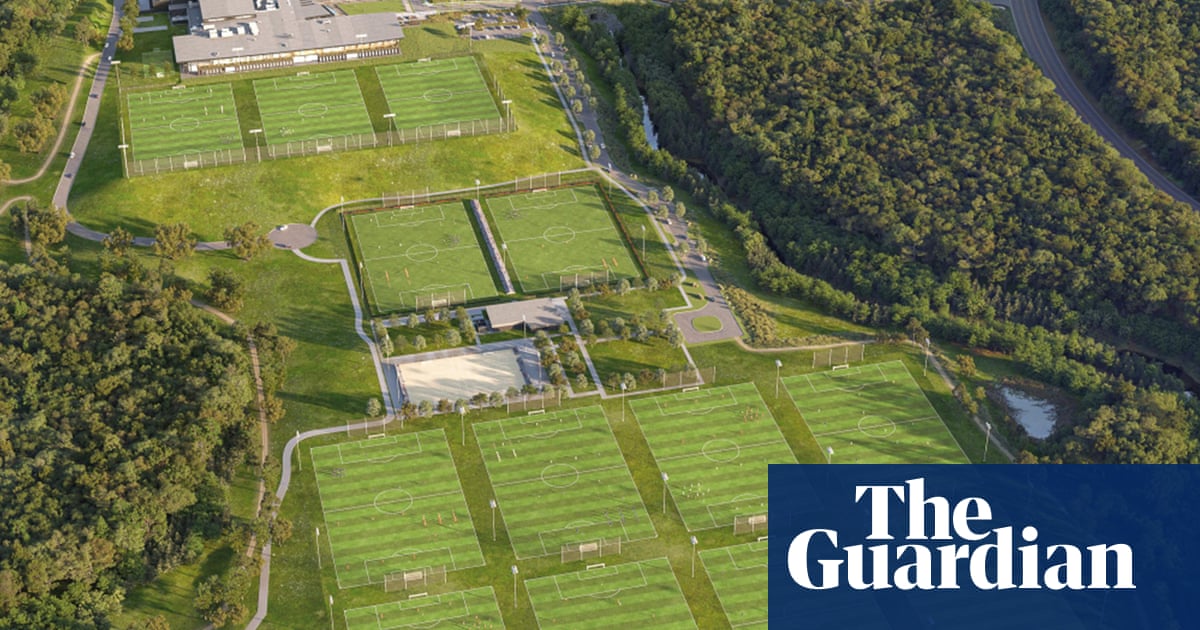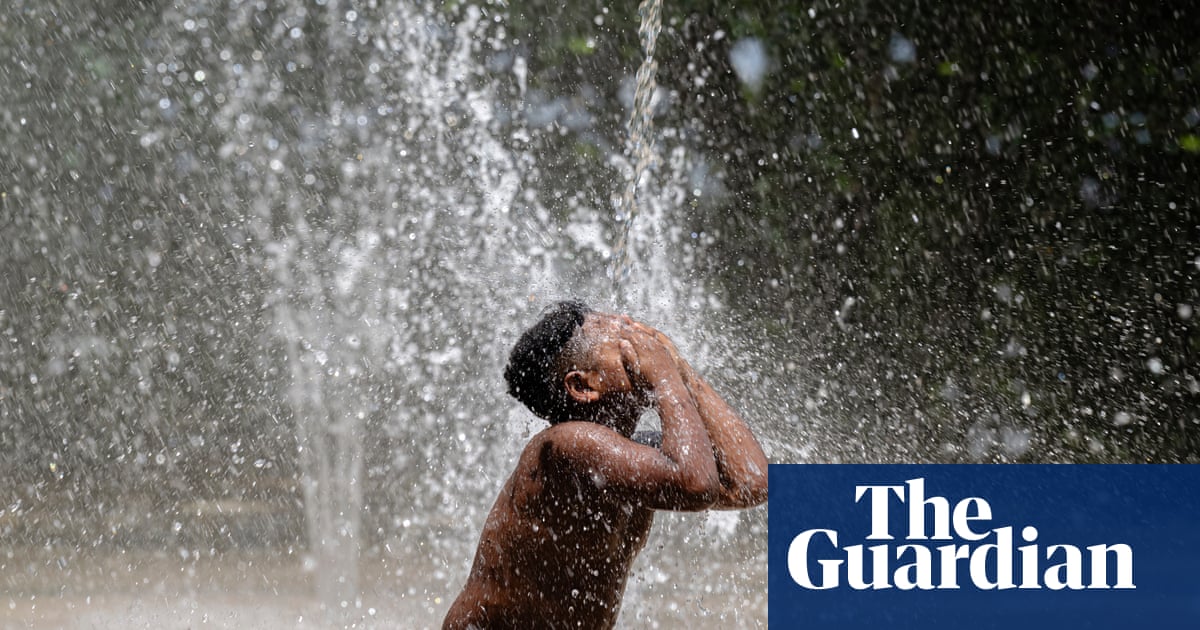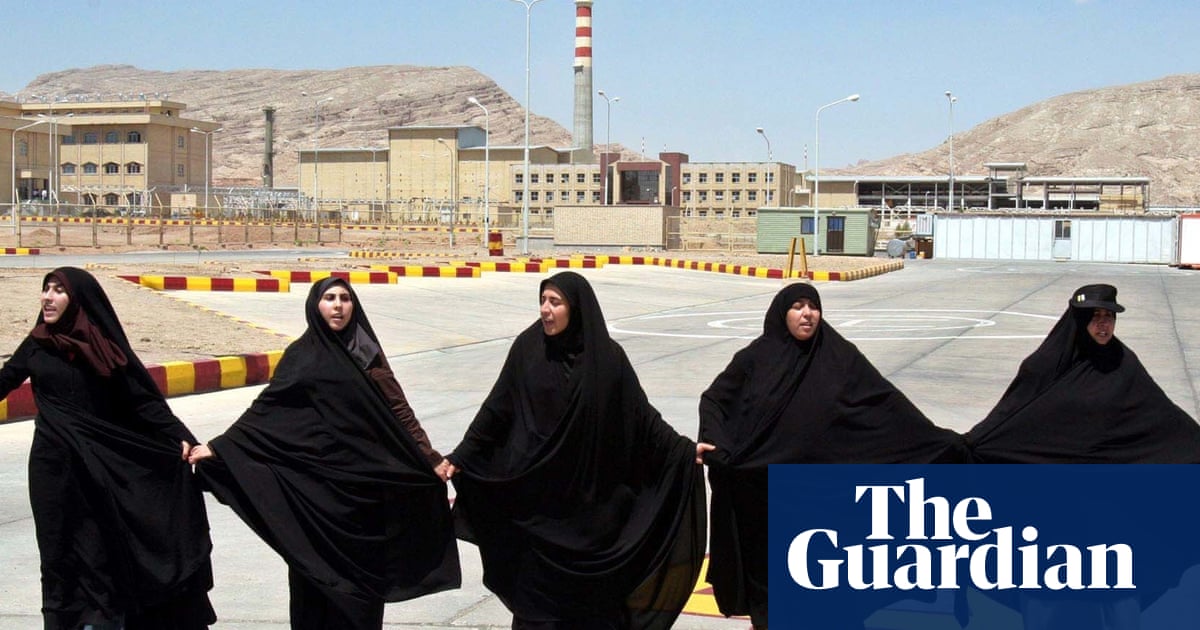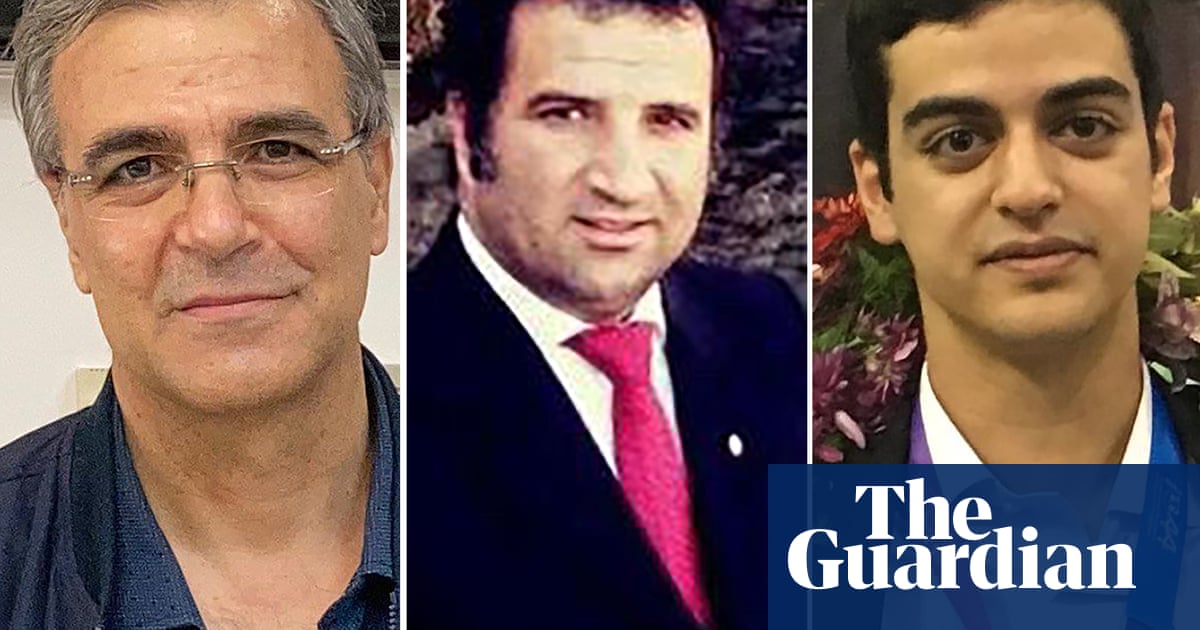Race to search for survivors continues as UN warns medical supply shortage is hampering rescue efforts
Welcome back to our live coverage of the aftermath of the deadly Myanmar earthquake which has killed at least 1,600 people and injured over 3,400 others, with at least 139 more missing.
Rescue efforts are entering their third day and attempts to find survivors are intensifying after the devastating 7.7 magnitude earthquake struck the country and neighbouring Thailand, where at least 17 people in Bangkok have died.
The initial quake struck near the central Myanmar city of Mandalay early on Friday afternoon, followed minutes later by a 6.7-magnitude aftershock.
The tremors collapsed buildings, downed bridges and buckled roads, with mass destruction seen in the city of more than 1.7 million people, the country’s second largest.

The UN has warned that rescue operations are severely hindered by the blocked roads and collapsed buildings, adding that a lack of medical supplies is making the response to the earthquake much more difficult than it would be otherwise.
Hospitals in parts of central and northwestern Myanmar, including Mandalay and Sagaing, were struggling to cope with the influx of injured people, according to the UN office for the coordination of humanitarian affairs (OCHA).
“A severe shortage of medical supplies is hampering response efforts, including trauma kits, blood bags, anaesthetics, assistive devices, essential medicines, and tents for health workers,” OCHA said in a statement on Saturday.
Marcoluigi Corsi, UN resident and humanitarian coordinator for war-torn Myanmar, said Myanmar had already been “reeling from an alarming humanitarian crisis, largely driven by persistent conflict and recurrent disasters”.
“At this critical time, the people of Myanmar urgently need the steadfast support of the international community,” he added.
Key events Show key events only Please turn on JavaScript to use this feature
Myanmar earthquake death toll increased to an estimated 1,700 people
Providing an updated death toll, Myanmar’s ruling junta has said in a statement issued today that about 1,700 people have been killed by the earthquake, about 3,400 injured and around 300 more remain missing.
The death toll is expected to rise significantly.
Myanmar’s military leadership previously said that at least 1,600 people were killed and more than 3,400 injured as as result of Friday’s earthquake.
What caused Myanmar and Thailand earthquake and how big was it?

Nicola Davis
Nicola Davis is the Guardian’s science correspondent
Earthquakes arise when huge slabs of rock that make up the Earth’s crust, known as tectonic plates, move against each other. According to the United States Geological Survey (USGS), the Myanmar quake occurred as the result of “strike slip faulting” between the India and Eurasia plates – meaning that these two tectonic plates rubbed sideways against each other.
“The quake happened on the Sagaing fault, which marks the tectonic plate boundary between the Indian plate to the west and the Eurasian plate to the east. The Indian plate is moving north along the fault compared to the Eurasian plate,” said Bill McGuire, emeritus professor of geophysical and climate hazards at University College London.
The USGS says the region has experience several similar large strike slip earthquakes in the past, with six occurring within about 250km of the current earthquake since 1900 that were magnitude 7 or greater.
“This is a major quake by any standard, and its impact is made far worse by the fact that it was very shallow – only about 10km down. If it had been 100km deep, the impact would have been much smaller, so depth as well as size is critical,” said McGuire.
5.1 magnitude earthquake hits near Mandalay in Myanmar, US Geological Survey says
The United States Geological Survey (USGS) is reporting that a 5.1 magnitude aftershock has hit 28km (17.4 miles) northwest of Mandalay, in the Mattara township, the latest in a string of aftershocks following Friday’s devastating earthquake.
The 7.7 magnitude earthquake hit around Friday afternoon with an epicentre near Mandalay, Myanmar’s second-largest city, destroying many buildings and damaging other infrastructure like the city’s airport.
Many of Mandalay’s 1.5 million people have spent the last two nights sleeping on the streets, either left homeless by the earthquake or worried that the continuing aftershocks might cause structures left unstable to collapse.
People screamed in the streets on Sunday when a 5.1 magnitude aftershock hit at 15:38 local time (09:08 GMT), but there were no immediate reports of further damage, according to the Associated Press.

Emergency workers search for people trapped under site of collapsed Bangkok building
The 7.7-magnitude earthquake hit central Myanmar, with tremors felt in Thailand, China and India.
In neighbouring Thailand, the earthquake affected the greater Bangkok area, home to around 17 million people, and other parts of the country.
Many places in the north reported damage, but the only casualties were reported in Bangkok, which is located over 1,000km (621 miles) from the epicentre of Friday’s earthquake.
Rescuers in the Thai capital are continuing to work to rescue survivors trapped when a 30-storey skyscraper under construction near the famous Chatuchak market collapsed after Friday’s earthquake. At least 12 people have been confirmed dead at the site of the collapsed high-rise building and dozens of others reported injured.
Workers at the site of the under-construction state audit office’s building are using large mechanical diggers in an attempt to find victims still trapped under the debris.
“We are still trying to get under the rubble because the 30 floors of the building piling up is really difficult to get through,” Thawida Kamolvej, Bangkok’s deputy governor, told BBC News .
“We still have 79 missing. I am still confident in my team. We are going to continue working around the clock, we have more people coming in. I have to find them,” she added.

Race to search for survivors continues as UN warns medical supply shortage is hampering rescue efforts
Welcome back to our live coverage of the aftermath of the deadly Myanmar earthquake which has killed at least 1,600 people and injured over 3,400 others, with at least 139 more missing.
Rescue efforts are entering their third day and attempts to find survivors are intensifying after the devastating 7.7 magnitude earthquake struck the country and neighbouring Thailand, where at least 17 people in Bangkok have died.
The initial quake struck near the central Myanmar city of Mandalay early on Friday afternoon, followed minutes later by a 6.7-magnitude aftershock.
The tremors collapsed buildings, downed bridges and buckled roads, with mass destruction seen in the city of more than 1.7 million people, the country’s second largest.

The UN has warned that rescue operations are severely hindered by the blocked roads and collapsed buildings, adding that a lack of medical supplies is making the response to the earthquake much more difficult than it would be otherwise.
Hospitals in parts of central and northwestern Myanmar, including Mandalay and Sagaing, were struggling to cope with the influx of injured people, according to the UN office for the coordination of humanitarian affairs (OCHA).
“A severe shortage of medical supplies is hampering response efforts, including trauma kits, blood bags, anaesthetics, assistive devices, essential medicines, and tents for health workers,” OCHA said in a statement on Saturday.
Marcoluigi Corsi, UN resident and humanitarian coordinator for war-torn Myanmar, said Myanmar had already been “reeling from an alarming humanitarian crisis, largely driven by persistent conflict and recurrent disasters”.
“At this critical time, the people of Myanmar urgently need the steadfast support of the international community,” he added.

 2 months ago
64
2 months ago
64



